Do you have a question about the Siemens SIMATIC KTP400 Basic and is the answer not in the manual?
Introduces the SIMATIC Basic Panels, focusing on fundamentals and cost-effectiveness.
Covers safety warnings for working on control cabinets, radiation, and installation.
Guides on inserting, mounting, and securing the HMI device using clamps.
Details the sequence for connecting the HMI device, including power and data cables.
Explains how to strip and connect power supply cables to the HMI device.
Guides on connecting the HMI device to a PC for project transfer and system updates.
Details how to connect the HMI device to SIMATIC PLCs via RS-422/485 or PROFINET/LAN.
Covers powering up, testing, and safely shutting down the HMI device.
Details how to enter alphanumeric and numerical data on the KTP400 Basic.
Explains data entry for KTP600, KTP1000, and TP1500 Basic HMI devices.
Guides on opening the Control Panel and setting up password protection.
Details how to configure MPI or PROFIBUS DP communication settings.
Explains how to configure network settings, including IP address and PROFINET.
Guides on enabling data channels for project transfer to the HMI device.
Details manual and automatic methods for transferring projects to the HMI device.
Explains methods for testing projects offline and online on the HMI device.
Covers backing up and restoring project data, password lists, and recipe data.
Explains how to update the HMI device's operating system to match software versions.
Details how to reset the HMI device to factory settings during an OS update.
Step-by-step instructions for updating the OS via WinCC flexible.
Step-by-step instructions for updating the OS via ProSave.
Details the rated voltage, tolerance range, and safe electrical isolation requirements.
| Display Type | TFT LCD |
|---|---|
| Display Resolution | 480 x 272 pixels |
| Supply Voltage | 24 V DC |
| Display Size | 4.3 inches |
| Touchscreen | Yes |
| Interface | PROFINET |
| Protection Class | IP65 |
| Operating Temperature | 0 to 50 °C |
| Storage Temperature | -20°C to 60°C |
| Communication Interface | PROFINET |
| Mounting | Panel Mount |



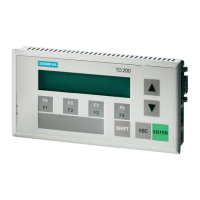

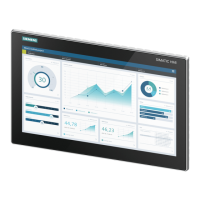

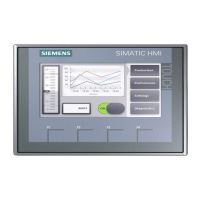
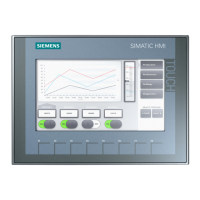
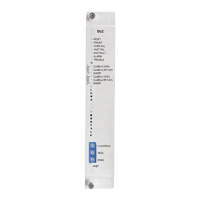
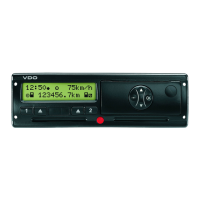

